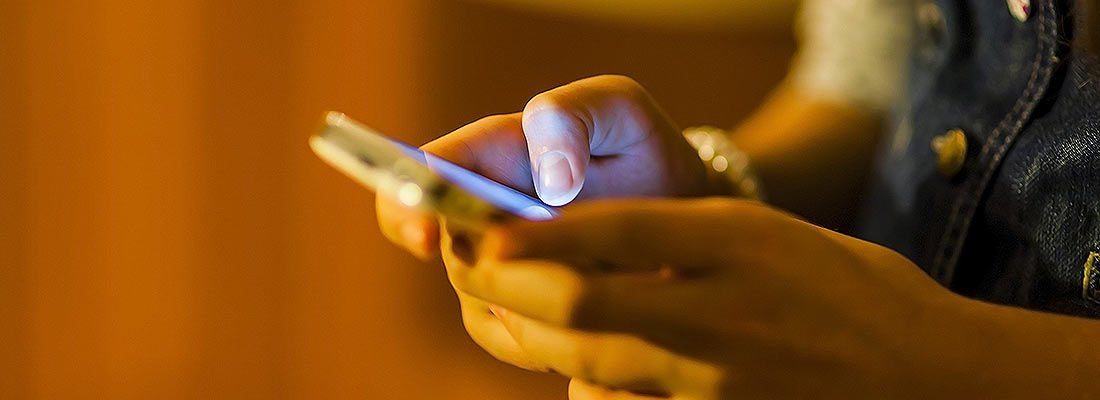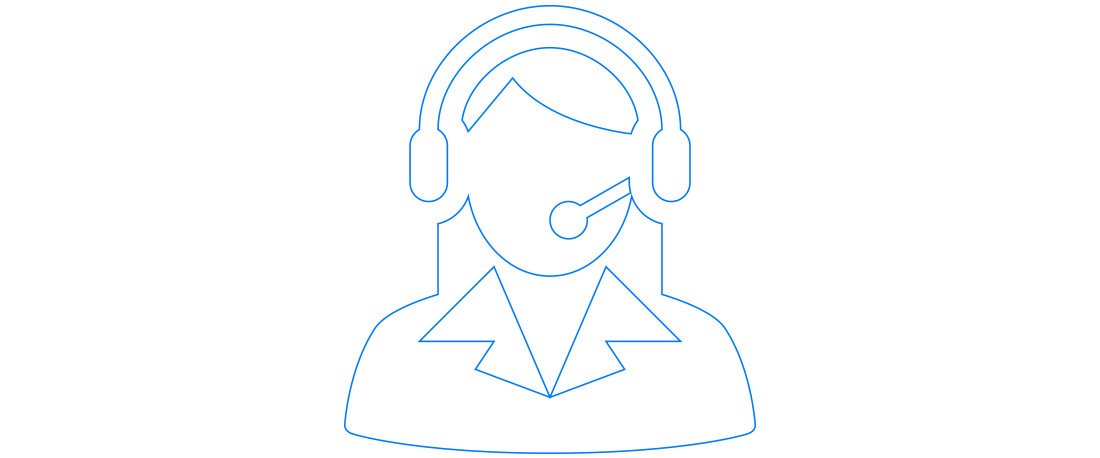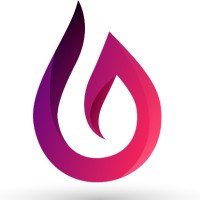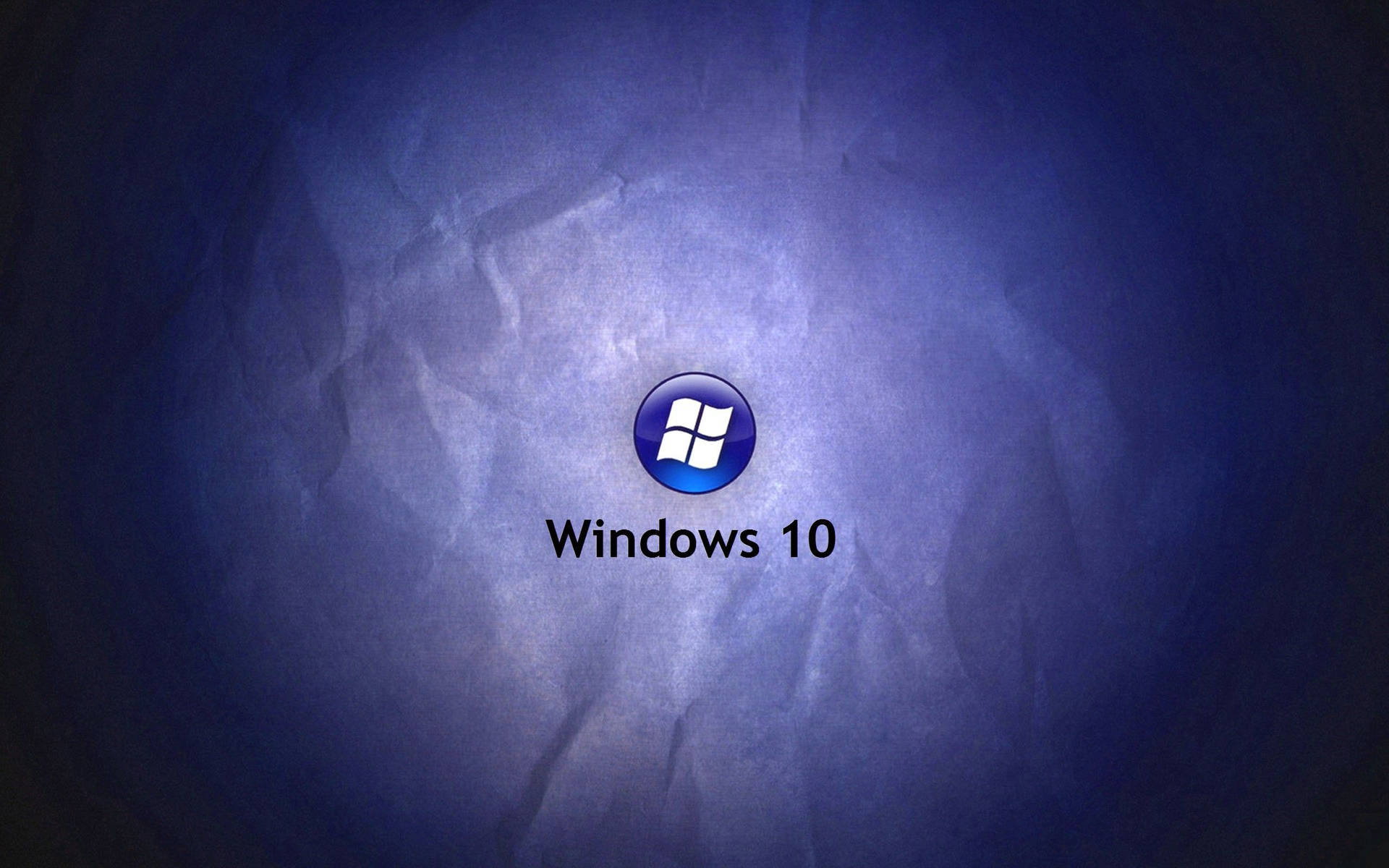Light Fidelity Technology
In Official Blog, Tech-BLOG, Tech-Forum, TechnicalLi-Fi: The Future of Wireless Communication Through Light
Present Scenario
The demand for wireless data is skyrocketing — doubling every year — as billions of connected devices, from smartphones to smart homes, compete for limited radio bandwidth. Traditional Wi-Fi and cellular networks are now facing congestion like never before.
This growing challenge raises a critical question:
What technology can meet the future demand for high-speed, secure, and interference-free wireless communication?
The answer lies in Li-Fi (Light Fidelity) — an innovative technology that transmits data through light instead of radio frequencies.
How Li-Fi Works
The concept of Li-Fi is simple yet revolutionary.
Li-Fi uses LED lights to transmit data. When an LED is on, it transmits a digital 1. When it is off, it transmits a digital 0. These rapid on-off light variations (which are too fast for the human eye to detect) form binary data signals.
A Li-Fi controller encodes the data into the LED’s light waves, and a receiver — such as a photodiode — decodes these light signals back into digital information.
Essentially, any space illuminated by LED lights can become a high-speed data zone, transmitting information seamlessly and securely.
All that’s needed are LED light sources and intelligent controllers to modulate the light.
Why Visible Light Communication (VLC)?
The electromagnetic spectrum offers many forms of energy, but only the visible light spectrum is ideal for daily, human-safe data transmission. Here’s why:
-
Gamma rays and X-rays are highly dangerous to human health.
-
Ultraviolet light (UV) can cause biological damage.
-
Infrared light (IR) is limited by eye-safety regulations and power restrictions.
The visible light spectrum — safe, abundant, and license-free — offers a clean and secure alternative.
This makes Visible Light Communication (VLC) the foundation of Li-Fi, paving the way for the next generation of wireless connectivity.
About Luxim (LAXIM)
Luxim, a clean-tech company based in Sunnyvale, California, was founded in 2000 and has been at the forefront of advanced lighting and Li-Fi solutions.
The company focuses on creating light-based technologies that are fast, reliable, and environmentally sustainable.
Luxim’s Li-Fi Products
-
LIFI4KP – Designed for visible light applications such as microscopy, machine vision, and industrial inspection.
-
LIFI4KT – A broadband source covering both UVA and visible light regions, ideal for precision lighting and scientific use.
-
LIFI4KU – A mercury-based light source with strong UV spectral emission (down to 320 nm), used in UV curing, fluorescence imaging, and UV printing.
These technologies demonstrate how light-based systems can go beyond illumination — offering powerful, real-time data communication.
Potential Applications of Li-Fi
Li-Fi’s versatility opens up new possibilities across industries. Here are some key areas where it’s making an impact:
1. Smart Traffic Systems
Traffic lights equipped with Li-Fi can communicate with vehicles and nearby signals.
Cars using LED headlights and taillights can exchange data, preventing collisions and optimizing traffic flow — making roads safer and smarter.
2. Safe Industrial Environments
In sensitive zones like petrochemical plants, hospitals, and aircraft, where radio waves can interfere with equipment or pose hazards, Li-Fi provides a safe communication channel using harmless visible light.
3. Public Internet Hotspots
Imagine streetlights acting as high-speed internet hubs.
By integrating Li-Fi technology into street lamps, cities can create public data zones, offering connectivity wherever there’s light — a cost-effective step toward truly smart cities.
Conclusion
Li-Fi represents a transformational shift in wireless communication. By harnessing the power of light, it offers an ultra-fast, secure, and interference-free alternative to traditional Wi-Fi.
As research continues and infrastructure evolves, Li-Fi could soon redefine how the world connects — turning every beam of light into a gateway to the digital universe.
Written by:
Jain Software Developers
Central India’s Leading Software & IT Solutions Company
www.jain.software

























































